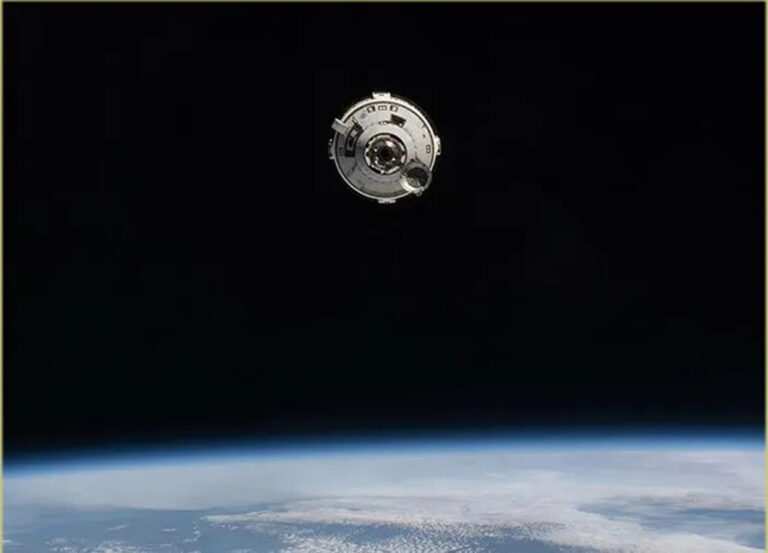
NASA said Friday that the Boeing Starliner and its crew will now return to Earth from the International Space Station no earlier than Saturday, June 22.
“The extra time allows the team to finalize departure planning and operations while the spacecraft remains cleared for crew emergency return scenarios within the flight rules,” NASA said on its Kennedy Space Center blog.
The Starliner’s test mission launched on June 5 from KSC with astronauts Butch Whitmore and Suni Williams. During its journey to the ISS, helium leaks were found in the spacecraft’s thruster system.
Earlier in the week, NASA said its teams were continuing to assess what impacts, if any, the five small helium leaks would have on Whitmore’s and Williams’ return to Earth. At that time, the space agency scheduled Starliner’s return for Tuesday, June 18, “pending weather and spacecraft readiness.”
NASA has said that engineers had determined the helium leaks shouldn’t impact Starliner’s return. The agency said the craft had enough helium for 70 hours of free flight time when only seven hours would be required as part of its journey home.
Still, NASA said Friday it plans to have Starliner fire seven of its eight aft-facing thrusters while docked to the space station “to evaluate thruster performance for the remainder of the mission.”
“We are continuing to understand the capabilities of Starliner to prepare for the long-term goal of having it perform a six-month docked mission at the space station,” said Steve Stich, manager of NASA’s Commercial Crew Program. “The crew will perform additional hatch operations to better understand its handling, repeat some ‘safe haven’ testing and assess piloting using the forward window.”
Mark Nappi, vice president of Boeing’s Commercial Crew Program, added, “We have an incredible opportunity to spend more time at station and perform more tests which provides invaluable data unique to our position.”
NASA said it would provide additional information about Starliner’s return in a media briefing on Tuesday. After Starliner undocks from the space station, it is scheduled to make a parachute and airbag-assisted landing in the southwestern United States.
___
© 2024 Orlando Sentinel
Distributed by Tribune Content Agency, LLC.
0 comments :
Post a Comment